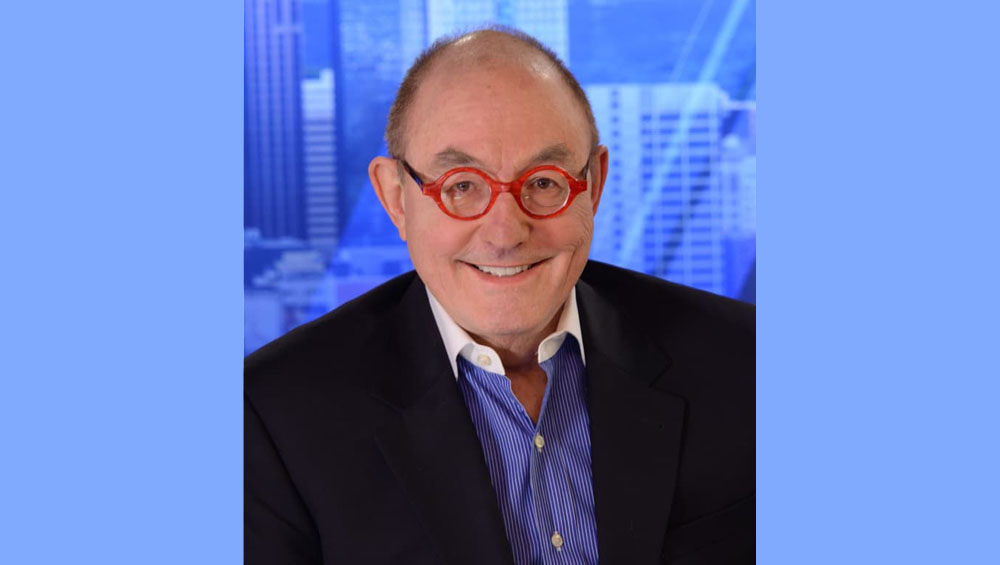
Price Point | How To Handle Blackouts During A Pandemic

None of us should be surprised at the number of blackouts we’ve been seeing lately. Every time a cable or satellite customer disconnects in favor of a vMPVD, both the system and their station retransmission partners suffer.
vMPVDs are the common enemy. Hopefully the incoming FCC will act to level the playing field, which would give relief to broadcasters and possibly reduce some of the pressure on cable and satellite, but in the meantime expect more blackouts.
Of course, the normal pressures also continue to apply. Stations have not reached parity with some of the higher paid cable networks, something MPVDs are loath to admit. On the other side, look no further than DirecTV — which AT&T is finding harder to dispose of than an analog TV at a yard sale — to understand why cable and satellite providers are desperate to reduce expenses.
Caught in the middle are local viewers, along with the people who run local TV stations. If you would like an earful, just any general manager about the misery and frustration of dealing with unhappy customers who are missing their favorite shows.
Although there are no winners on the local front, there are some highly effective things stations can do to maintain goodwill.
Answer Every Call
With so many employees working from home, it is tempting to simply let callers hear a recorded message. That’s what the cable and satellite companies do. If you really want to make a viewer angry, make them go through a phone tree only to end up with a recorded message. It leaves a bad taste that can linger far after the blackout is over.
On the other hand, letting a viewer vent to a live person goes a long way. Simply being heard creates goodwill. Every viewer is worth listening to.
Since the beginning of COVID-19, we’ve seen engineering departments work technical miracles when it comes to employees working from home. Figuring out how to make switchboard calls roll over to multiple employee cell phones should not be hard.
General Managers Should Call Viewers Back
Some viewers ask to speak with the general manager. During my days running stations, I found making callbacks was always worth the effort. Viewers were invariably surprised the person in charge was actually returning their call. I always began by apologizing for the fact they were not able to watch our station. Some remained angry, but most were willing to listen to our side of the story.
Keep Clients Informed
Clients kept in the loop are far more understanding than those who have to call the station for information. The best route is honesty and straightforward facts. Great sales departments do whatever it takes to make clients whole.
Call Viewers When Carriage Is Restored
Thanks to caller ID, you will have the number of every viewer who called the station during the blackout. Employees who manned the phones should call every number back to let them know carriage was restored. For those who called the general manager, the GM should make the calls.
Hank Price: There are no winners on the local front when it comes to station blackouts, but stations can maintain goodwill by answering irate viewers’ calls, keeping clients informed and calling viewers when carriage is restored. Click To TweetBlackouts are never easy, but local television stations have a powerful weapon no MPVD can match: a direct relationship with local consumers. Whatever it takes to protect that relationship is always worth the effort.
Hank Price is a media consultant and leadership coach. He is the author of Leading Local Television, a guide to leadership for television general managers, as well as those who aspire to top leadership. Price spent 30 years managing TV stations for Hearst, CBS and Gannett, including WBBM Chicago and KARE Minneapolis, as well as three other stations. Earlier, he was a consultant for Frank N. Magid Associates. Price also served as senior director of Northwestern University’s Media Management Center and is currently director of leadership development for the School of Journalism and New Media at Ole Miss. He is the author of two other books.
































Comments (2)
weneedhelpnow says:
January 11, 2021 at 7:46 am
Do people take this guy seriously???
[email protected] says:
January 12, 2021 at 12:05 am
This happened in 97 Suckyvision, oh I mean Cablevision and Wood TV when LIN owned the station it went dark for a whole year it wasn’t about money it was to put a local weather channel which all it was radar and weather radio which finally became a general entertainment channel which is WXSP which became UPN in late Aug of 99. Although Cablevision didn’t pick it up wasn’t until May of 2001 when WXSP was picked up on Charter who bought Suckyvision in Kazoo.
I could only watch Wood TV on rabbit ears for a year couple of days before Super Bowl 32 was when Wood TV was restored Cablevision & LIN didn’t like each other back in the fall of 93 Wood TV was off Suckyvision until Jan 94 a couple of day before the Super Bowl and was off for a week or 2 in Jan 96 as well Cablevision at that time found a loophole and was restore until Jan 97. I kinda think that ticed off LIN why it was who blinked first and the lines were drawn in the sand.